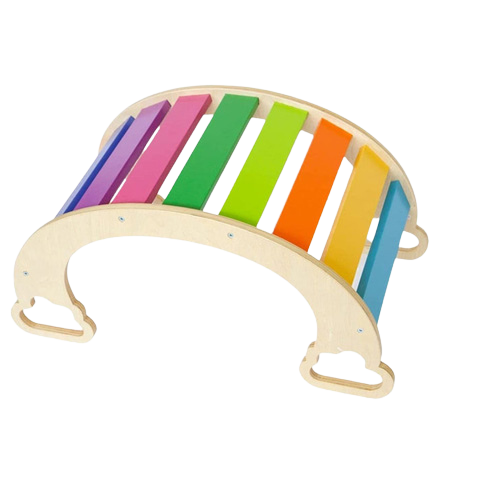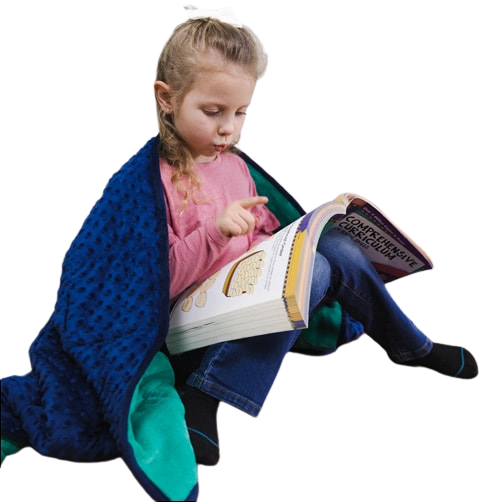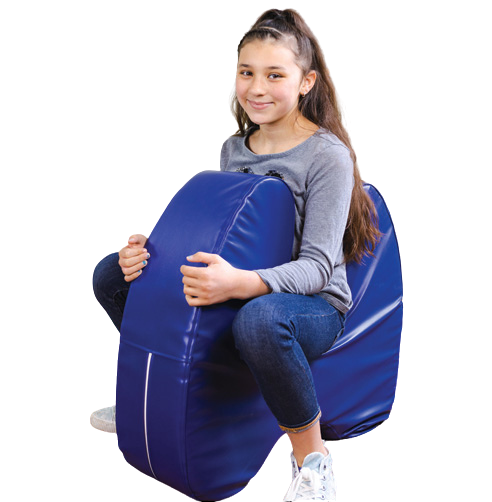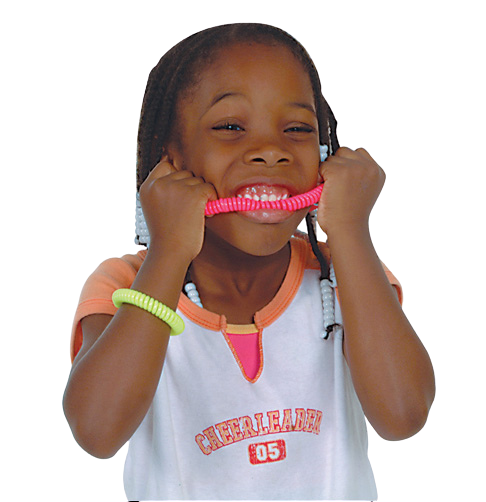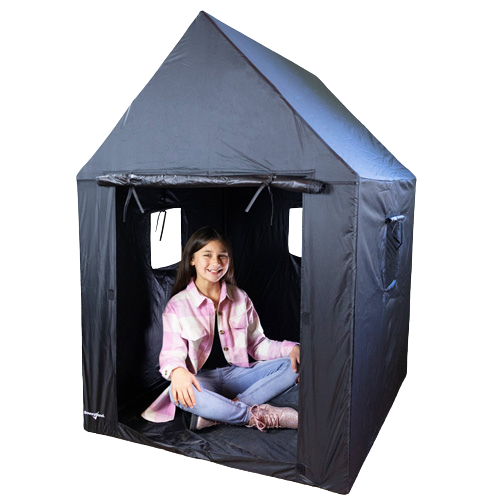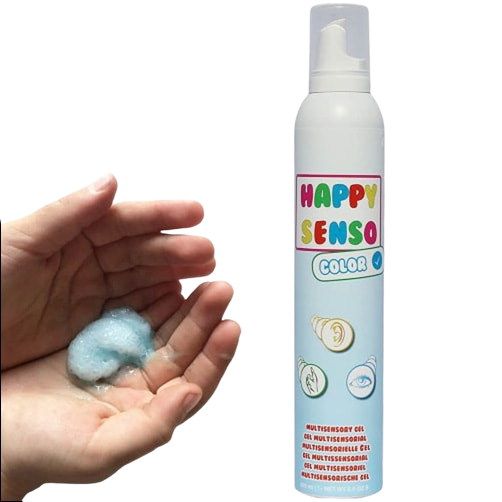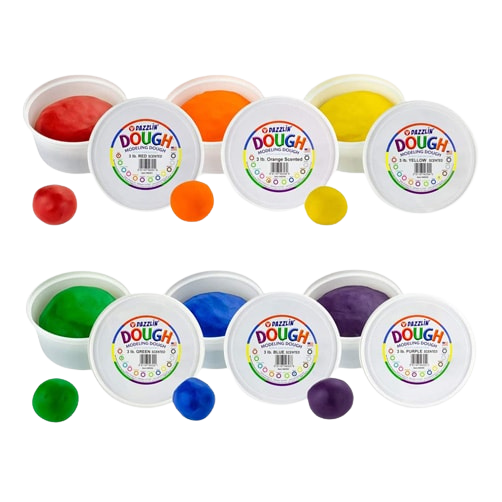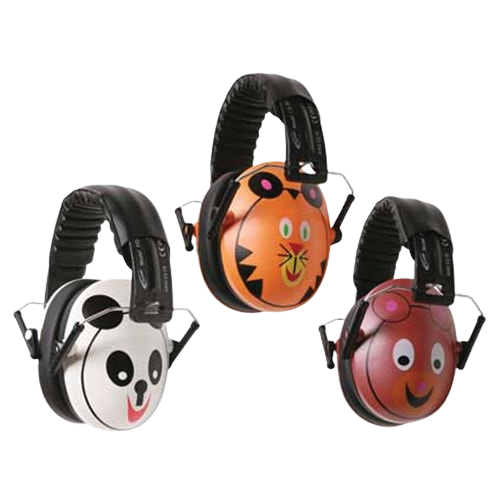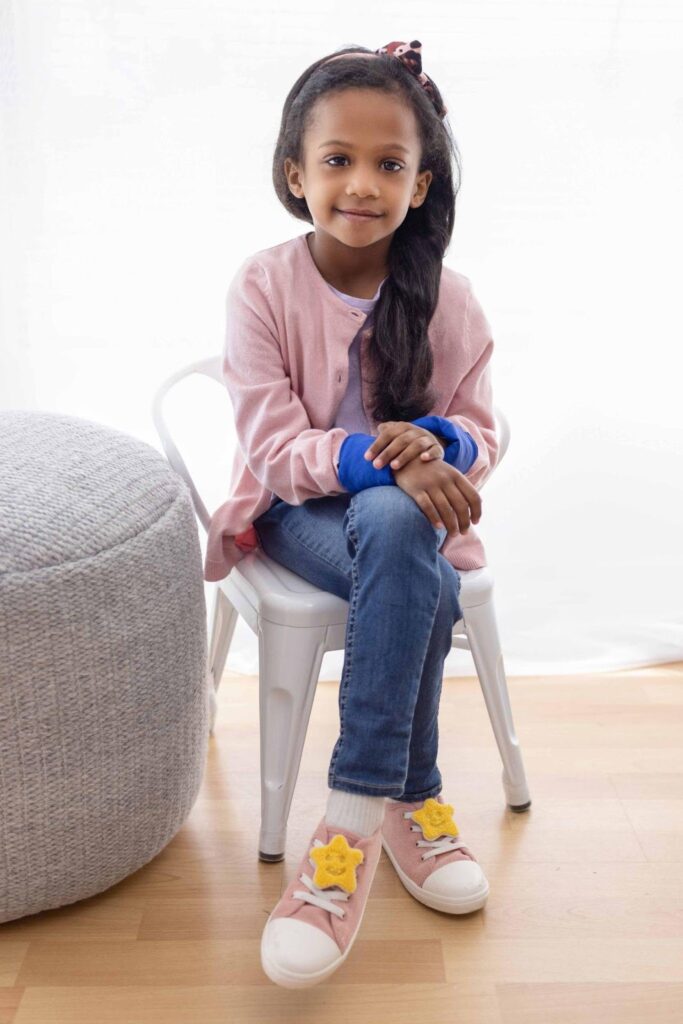The American Occupational Therapy Association (AOTA) Annual Conference & Expo 2024 was an event to remember, and Therapro was proud to be at the forefront, showcasing our latest innovations and resources. From insightful discussions with renowned authors to hands-on demonstrations of must-have therapy tools, our booth was a hub of activity, drawing in attendees eager to explore the world of occupational therapy. Read on for a recap of Therapro’s experience at AOTA 2024!
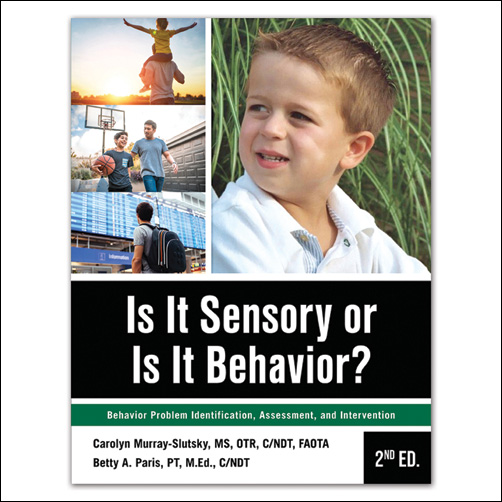
One of the highlights of the event was the presence of Carolyn Murray-Slutsky, MS, OTR, and Betty Paris, PT, esteemed authors of several pivotal publications, including “Is It Sensory Or Is It Behavior? 2nd Edition” and “Autism Interventions (2nd Edition).” Their expertise illuminated the complexities of sensory processing and behavior, sparking engaging conversations and offering valuable insights for attendees.
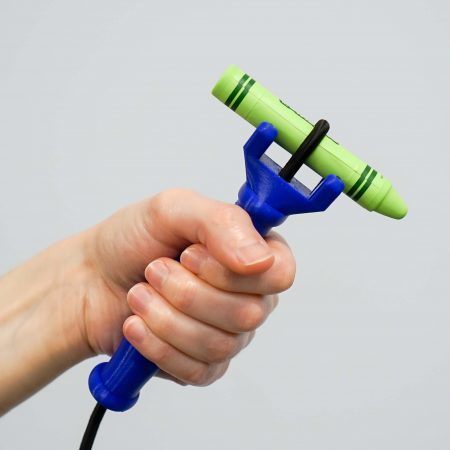
Creator Linda Merry, OTR, was also on hand to demonstrate the versatility and practical applications of her ingenious creation, the functionalhand. This innovative tool proved to be a game-changer, garnering attention for its effectiveness in promoting fine motor skills and hand function.
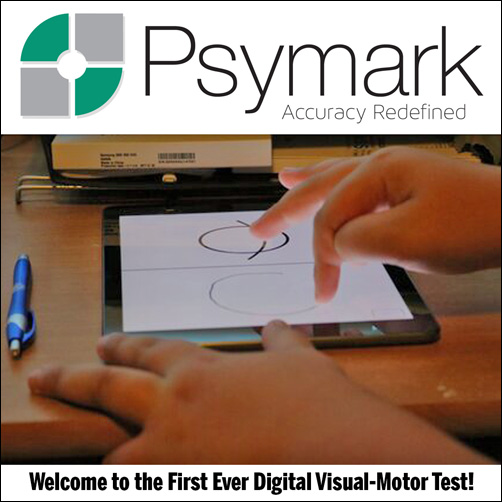
Furthermore, attendees were introduced to an exciting new addition to Therapro’s inventory: the Psymark Visual-Motor Apps. Developed by Karen Silberman and Dana Khudaverdyan, these groundbreaking digital tools revolutionize progress monitoring in visual-motor skills. With real-time data analysis and user-friendly interfaces, Psymark apps promise to streamline assessment processes and deliver precise, individualized results.
Hands-on interaction was encouraged with Therapro’s newest evaluations, such as Identi-Fi, Trails-X™, and the Peabody Developmental Motor Scales–Third Edition (PDMS-3). These assessments offer comprehensive insights into various aspects of motor development and cognitive function, empowering therapists to tailor interventions effectively.
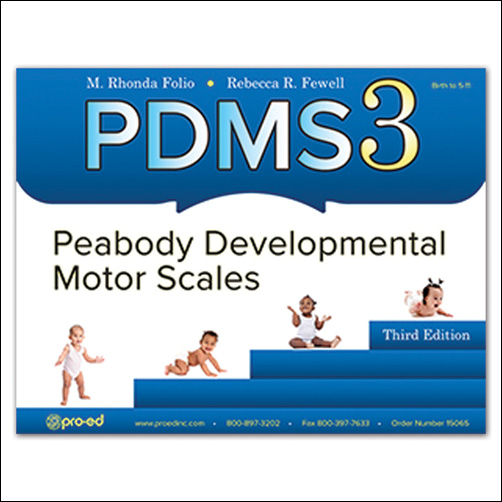
Attendees also had the chance to explore games, specially designed with the therapist in mind. Attendees had the opportunity to explore games like Letter Treasure Hunt, Novenops, and Trunks, specially designed to facilitate therapeutic interventions and promote skill development in a fun and engaging manner.
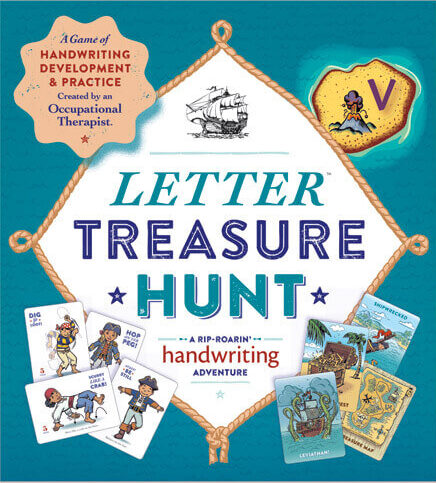
Of course, no visit to our booth would be complete without experiencing the vast array of sensory tools available from Therapro. From Happy Senso to Fidgets and alternative seating options, attendees were immersed in a world of sensory exploration and discovery.
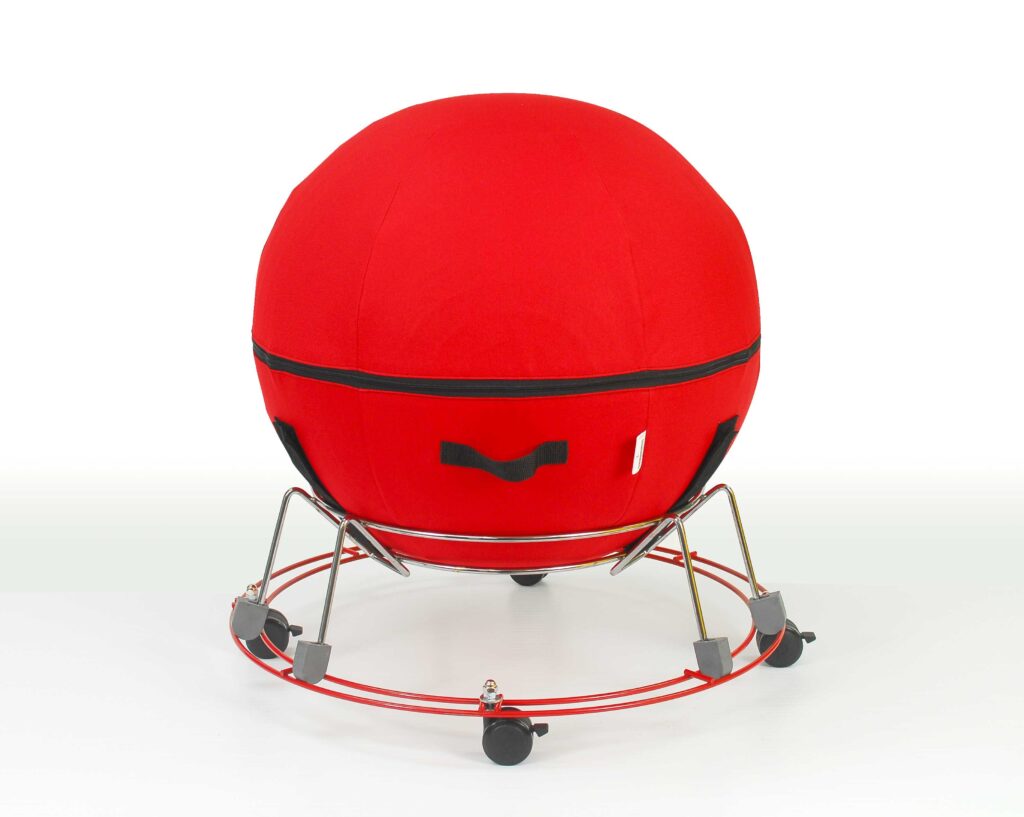
Overall, AOTA 2024 was an incredible opportunity for us to connect with fellow professionals, share knowledge, and showcase the latest tools for occupational therapy practitioners. We’re grateful for the enthusiastic response from attendees and look forward to continuing our mission of empowering therapists and improving lives through innovative solutions. Until next time!

